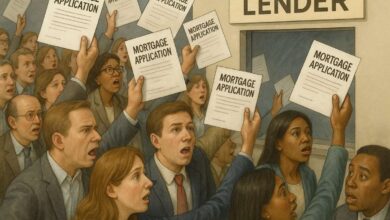Yale doctors offer physical and mental health tips for aging

A panel of experts with the Yale School of Medicine This week, tips for aging in place were provided, addressing the physical health as well as the social and emotional well-being of older adults who want to remain in their homes as they age.
Research from multiple sources has shown that older adults overwhelmingly prefer to age in their current home. In 2021, research of AARP The figure is pegged at 78% of Americans age 50 and older wanting to stay put as they age. Other entities estimate this share even higher, at almost 90% based on 2023 data.
“As older adults plan for their future, one of the biggest factors to consider is mental and physical health, say experts at the Yale School of Medicine, who offer the following tips for those who choose to age in place instead of moving to an assisted living institution or retirement home,” the advice column declared.
The expert panel included four physicians: assistant professors Snigdha Jain and Maura Singh, and professors of geriatric medicine Mary Tinetti and Barry J. Wu. The group produced four key tips related to aging, the first of which prioritized social connections.
“Staying socially engaged is not only cognitively stimulating, but also essential for reducing feelings of isolation and loneliness,” said Singh.
“Regular interactions with friends or family provide opportunities for physical activity and mental engagement and can promote emotional well-being,” Singh said in the article. “Even when it’s difficult to leave the house, virtual connections through phone calls, video chats or other shared activities can help maintain a sense of community and purpose.”
The second tip concerns addressing the need for exercise.
“I call my 91-year-old mother every day to encourage her to walk with her walker at home,” Wu explains. “I also remind her of the call to prevent falls, as this will negatively affect her quality of life.”
The third tip is to identify individual ‘barriers to being physically active’, for example the period after a hospital admission or recovery from a serious illness.
“These barriers can be physical symptoms, such as pain or fatigue, or mental health symptoms, such as feeling depressed or anxious,” Jain said. “They can also be contextual barriers, such as not having a walking aid needed for balance or a safe neighborhood to be active.”
The final tip is that older people should determine what brings the most value to their lives. This can help balance individual wishes with compromises necessary for adequate care.
“Continuing to age at home may require you to weigh the benefits against the burden of care,” Tinetti says. “Understanding your health priorities can help you and your care team make the right decisions.”
She too referred to a website she sees it as a potential tool to help older people make these decisions.




